by Dr. Talia Marcheggiani, ND | Nov 12, 2014 | Education, Philosophy, Psychology, Stress, Student, Student debt
I am afraid of money, especially when combined with health and medicine. Coming from a nation like Canada, it has been ingrained in the fibre of my being that healthcare should be completely accessible, read: free. As I embark on opening up a private practice as a naturopathic doctor, I am faced with a dilemma: I must charge my own patients for my services and, in this way, make my living.
This makes me afraid because, as mentioned above, I have a fear of money. I have seen money corrupt or become the main motivation for people to wake up in the morning. I have seen family members enslave themselves in certain lifestyles full of wants, rather than needs, that required large sums of money to maintain. I am also afraid of attracting only a certain kind of patient – those that can afford my services – and alienating a large demographic that naturopathic medicine could help. I don’t want to have a practice that is exclusive; I want to be able to reach a large number of patients and strive towards my goal of healing the world. What if no one can afford me? What if the people who can afford me don’t believe that I’m worth what I charge?
And in proper Cognitive Behavioural Therapy (CBT) fashion, from this dilemma surfaces a core belief: I am unworthy.
New practitioners struggle with unworthiness. After all, we are still learning and yet many expect us to be health experts. We emerge from school and enter into a society that has topical knowledge of health, especially natural health, but feigns depth of understanding. This can make us feel that we don’t know as much as we do. My relatives watch Dr. Oz and self-prescribe supplements. If they’re already taking fish oil, because they read about it on some health blog written by a second year ND student, why do they need a naturopathic doctor to tell them the same thing?
So, since CBT got me into this mess, let’s use it to facilitate the healing of my personal relationship with cash by examining some truths about the value of naturopathic medicine. I’m vaguely aware that this post has an uncomfortably self-aware, self-promontory tone, but my main goal is to convince myself, thereby coming to terms with my official début into this capitalist society. Hopefully it’s remotely entertaining and/or educational for the rest of you.
Naturopathic doctors are expensive. I have paid for 8 years of post-secondary education. The 4 years I was in naturopathic medical school; tuition alone was $20,000 a year. My OSAP debt accumulates a matcha green tea soy latte (unsweetened, of course)’s worth of interest daily. I owe other institutions and family members money. That’s just tuition. Now consider the fact that I wasn’t working during these 8 years. If I had gotten a job with a modest salary of say, $40-50,000 dollars a year, I could have made roughly $400,000 by now. I’ll stop, because this exercise is depressing me. But I think we all get the idea. So, financially, a naturopathic diploma is worth a truckload of cash, which can buy another truckload of self-prescribed supplements.
Being in practice is expensive. To get started we need electronic medical record software, a dispensary, acupuncture needles, linens, rent, licencing fees, malpractice insurance, association memberships, continuing education credits, website maintenance and hosting, and the list goes on. Being in practice can cost upwards of $200 a day. There are not many professions that pay to go to work each day. But not many professions put you in a position that allows you to heal the world… two sides to every coin (pardon the money pun).
NDs coming out of school are seasoned experts. Malcolm Gladwell, in his book Blink, famously tells us that it takes 10,000 hours to master something. Well, naturopathic medical school, with its 1200 hours of clinical training and 3000 hours of classroom training (not to mention the exams, studying, preceptoring, etc.) puts us at roughly half that number. Add in the numerous books I’ve read out of interest, the 300+ blog articles that I’ve researched and written and the fact that there isn’t a way to separate the practitioner from the medicine – “Doctor heal thyself” has become a mantra we regularly chant and put into practice – and you might just get up to 10,000 before graduation day. Or surpass it. I love health food stores, I do. But the minimum wage-earning employee recommending you the same brand of B-vitamins his sister takes just doesn’t have the expertise we do. You need a naturopathic doctor.
Medicine is not, and has never been free. I would not want to live in a country without universal healthcare. I believe that every citizen deserves equal treatment and equal access to quality health services. I believe that no one should receive priority based on their economic means rather than health needs. That being said, the medical system we support in Canada is quite expensive. It requires the input of hard-earned tax dollars. Some of these dollars support accessible emergency care, hospital stays, life-saving treatments and primary care. Some of them support poly-pharmacy: multiple prescriptions doled out to seniors. Some of these tax dollars are channelled into practices that do not promote health. Our healthcare system is not really health care; it doesn’t promote health, it manages disease. It should more appropriately be termed sick care. I don’t believe that health promotion like naturopathic medicine should be fee-for-service. I dream of a day where we are allowed to practice autonomously and offer those who need our services accessible care without charge. Until that day, sick care requires a lot of tax dollars and health care requires us to pay out of pocket. We need to pay for health care to avoid channelling all our resources into sick care. It’s the cold, hard truth.
Naturopathic medicine saves people money in the short and long-term. Whether it’s paring down your list of supplements to what you actually need, rather than what’s in vogue (Green coffee bean extract, anyone? I don’t think I’ve ever recommended it to anyone), to preventing and managing more expensive diseases down the road, I believe that an investment in seeing an ND will help save money. We empower you to take care of your own health. In the hands of an ND, you won’t need to visit your walk-in clinic for some ineffective and potentially harmful antibiotics the next time you get a cold; you’ll be taught how to manage common health concerns at home and feel in control of your body. Also, prescription drugs are expensive; I once paid $70 (that was after insurance covered half) for 6 migraine pills. I quickly figured out how to manage my monthly migraines naturally when I realized this system was unsustainable financially.
Naturopathic doctors are not in this to get rich. Due to the stress and lack of preparedness in setting up a business, a large percentage of NDs who graduate with the skills and knowledge we acquire are no longer practising. This is a harsh and sad reality. It means that the community is deprived of some very effective healers and the chance to be touched by what I know to be a powerful form of medicine; a true form of medicine. If I were motivated by money, I would have studied commerce at Queen’s, rather than science. I would have gotten my degree in 2008 and would be sailing my private yacht off the coast of Barbados right now. As it stands, my primary financial goal is to move out of my parent’s house and sustain myself financially while contributing to society and doing what I love in the meantime. And, if I achieve this goal, I still plan on continuing to purchase my clothing second-hand.
Money is a relative measurement. In the book The Wisdom of Insecurity by Alan Watts, money is described as “a mere symbol of wealth”. Watts tells us that money is a measurement of wealth, a representation of the real necessities that can be exchanged for it and that it is a mistake to give money itself value. There is nothing to be afraid of when it comes to money if all we see it as is a representation of needs. However, we live in a society where we don’t think twice about paying a few hundred dollars for clothes or shoes we don’t need, and then cringe when we see a bill for a service that has helped us move on a path to true healing. After investing in time with an ND, your life and health may never be the same. After paying for a pair of shoes or new haircut, your headaches and digestive issues are still going to be around. Your hair looks great, though. I’ll admit that.
Insurance companies don’t need the money. My insurance company once covered me for $20 of my $200 dentist appointment (in which I was told “everything looks great!”). If your health benefits cover naturopathic medicine you owe it to society as a whole to use up every last dollar of those benefits. Now is the perfect time to get started on that.
I would pay for a naturopathic doctor. How many used car salesman do you know who would personally buy the model that they’re selling? As a poor student I have seen naturopathic doctors, interns, chiropracters and massage therapists as a patient. I’ve gone to Body Blitz after back-breaking exams and have shelled out quite a bit of cash for supplements. The reason? There is value in spending money on these things; they work. So even though I am worried about coming up with the cash to replace my 4-year old computer, I don’t hesitate to fork over $50 for a bottle of quality B-complex vitamins.
Finding peace with making money involves a certain amount of hunger: becoming an ND and starting a practice is expensive. However, maintaining integrity as a doctor and putting the interests of my patients first is a priority for me. That’s why I have decided to offer patients supplements from my personal dispensary at Healthwave without mark-ups, at least for the time being. While many practitioners rightly and fairly choose to make part of their income off of vitamin sales, I have decided not to. Contact me to find out more.
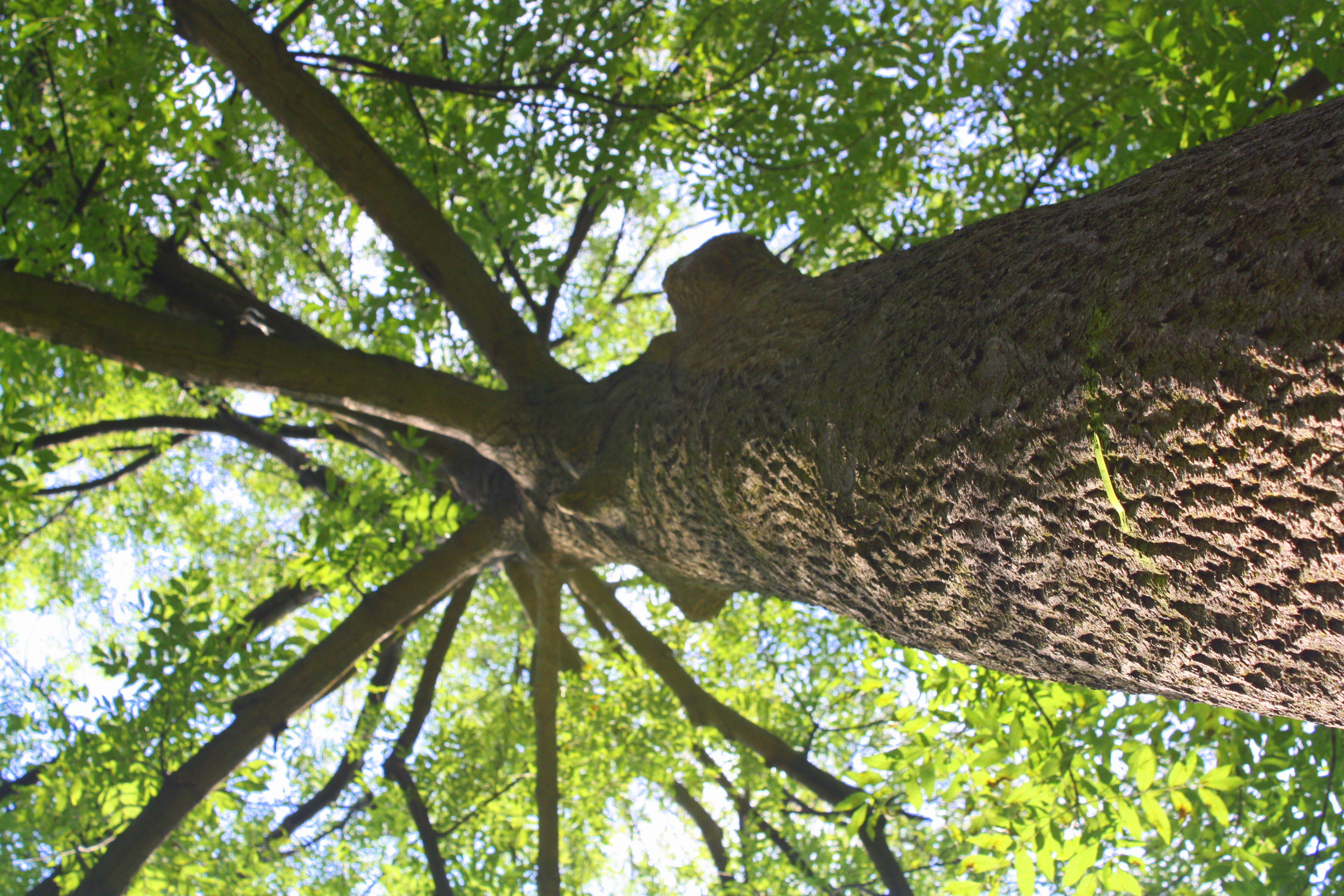
by Dr. Talia Marcheggiani, ND | Aug 4, 2014 | Canadian College of Naturopathic Medicine, Exams, Health, NPLEX, Robert Schad Naturopathic Clinic, Student, Summer

We are recycled star dust
That reshapes our entire body every 7 years.
Which means I’m just about finished with my 4th body.
And when I stare at the night sky, I might be looking at body number 5
Or reminiscing with the previous 3.
(more…)
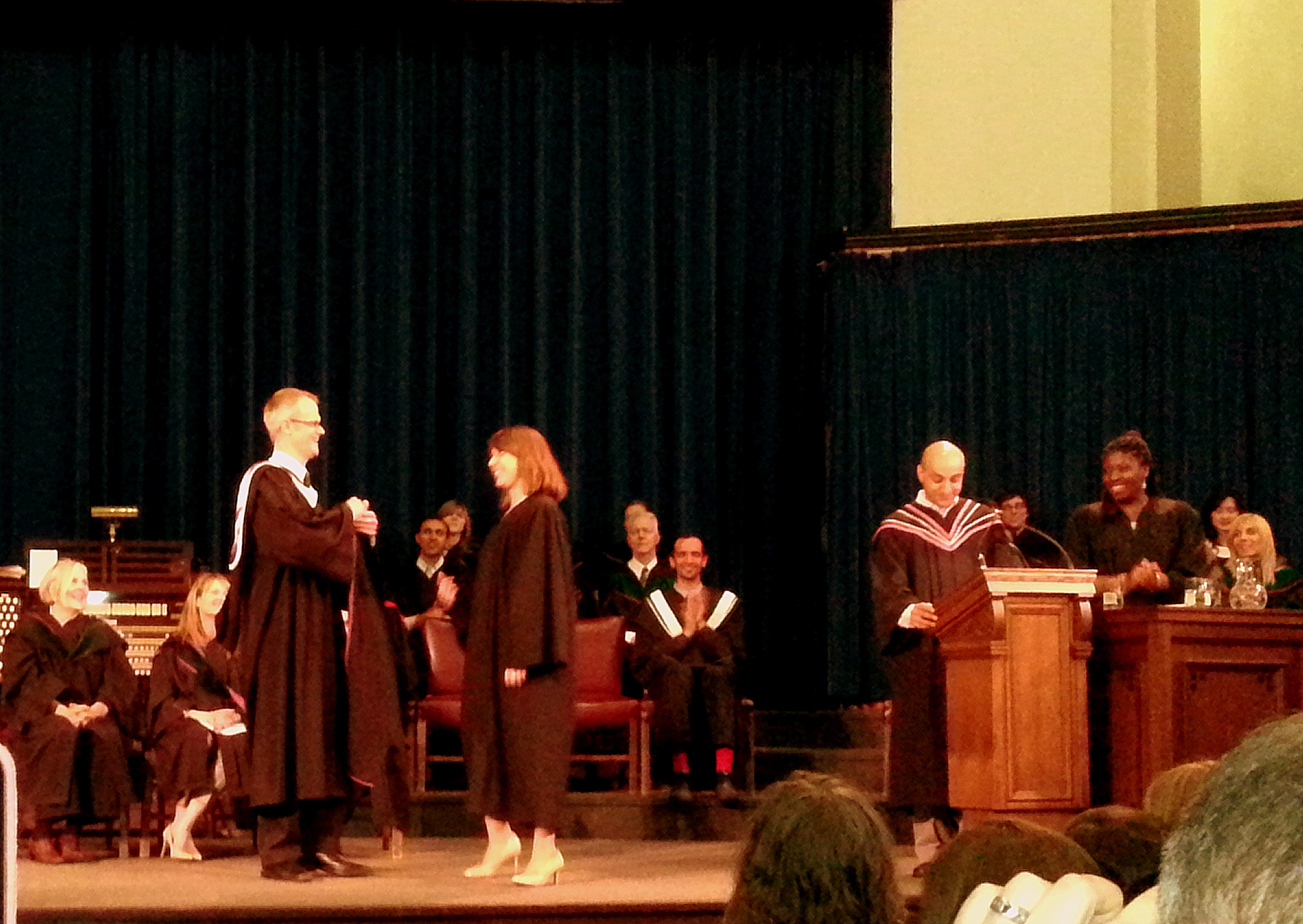
by Dr. Talia Marcheggiani, ND | May 22, 2014 | Canadian College of Naturopathic Medicine, Finding yourself, Philosophy, Robert Schad Naturopathic Clinic, Student, Writing

Graduation 2014.
If any of you have been my patients you know that I love assigning letter-writing homework. There is something powerful in expressing yourself to some person or entity with the written word and then being able to look back and reflect on your thoughts and feelings at a later date.
In the first few weeks of my clinic internship at the Robert Schad Naturopathic Clinic, one of my supervisors, Dr. Wong, had us newbie interns write a letter to our future selves – our ND graduate selves. Sometimes it’s important to take a glance back to the start of our journey in order to fully appreciate how far we’ve come.
(more…)

by Dr. Talia Marcheggiani, ND | Apr 30, 2014 | Art, Art Therapy, Balance, Creativity, Health, Mental Health, Psychology, Stress, Student

I know about the healing power of art. Sitting in front of a painting and quietly filling in a private world of colour helps to open up the right side of the brain, dissolving the hard edges of worn thought patterns and softening us to possibility. I know that wonderful realizations arise from the quiet space that art can provide. Bright colours draw attention to inner darkness. Self-criticism becomes louder and steps out into the light, allowing us to properly examine it.
Therefore, when I decided to attend an art therapy workshop, I figured myself to be already part of the choir who I thought would be preached to. I knew that art held the magical power to do deep psychological work. I was just curious as to how that would look in a therapeutic setting.
(more…)
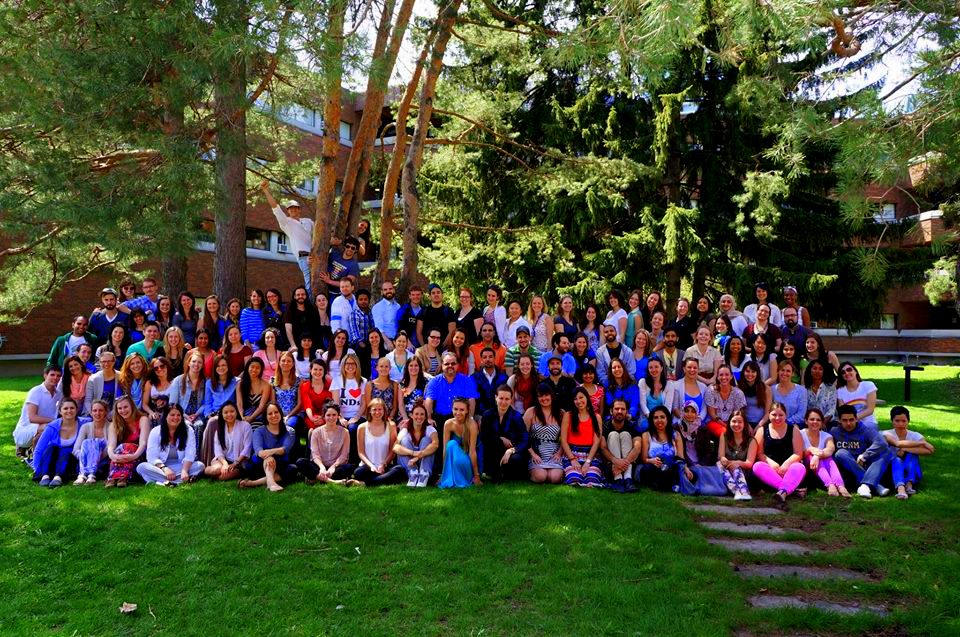
by Dr. Talia Marcheggiani, ND | Apr 18, 2014 | Canadian College of Naturopathic Medicine, Naturopathic Philosophy, Naturopathic Principles, Robert Schad Naturopathic Clinic, Student

When I was in my 2nd year at the Canadian College of Naturopathic Medicine, one of our professors, Dr. Leslie Solomonian, had our class answer 9 reflection questions. Once we had finished she collected them and told us we’d get them back once we were ready to graduate. Last week, during a celebratory lunch for our graduating class, she handed us back our reflections, giving us a chance to look back on the 4 years we’ve spent as naturopathic medical students – especially our 12 months working directly with patients in clinic, putting our naturopathic principles and modalities into practice – in order to realize how far we’ve come. Here are my answers:
(more…)
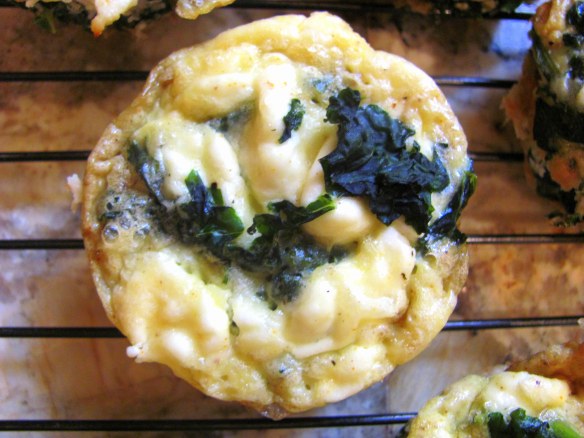
by Dr. Talia Marcheggiani, ND | Sep 3, 2013 | Cooking, Education, Food, Gluten Free, Health, Nutrition, Recipes, Student

Welcome back to school, everyone! Thankfully, being a 4th year intern, my days of sitting in lecture are over with for now. For the rest of you tireless scholars, I find that long days in class are made more bearable when I have something yummy and nutritious to nosh on. Just in case you’re bored of the old soup, sandwich, salad lunch rut, here is a new take on portable nutrition. This recipe is low-carb, high in protein and contains a serving of leafy greens. Kale is one of nature’s most perfect foods. Chock full of vitamins and minerals, this versatile leafy green can be added to anything that you used to add spinach or lettuce to: smoothies, salads, soups, sauces, steamed or sauteed on the side, or in this wonderful frittata recipe!
(more…)
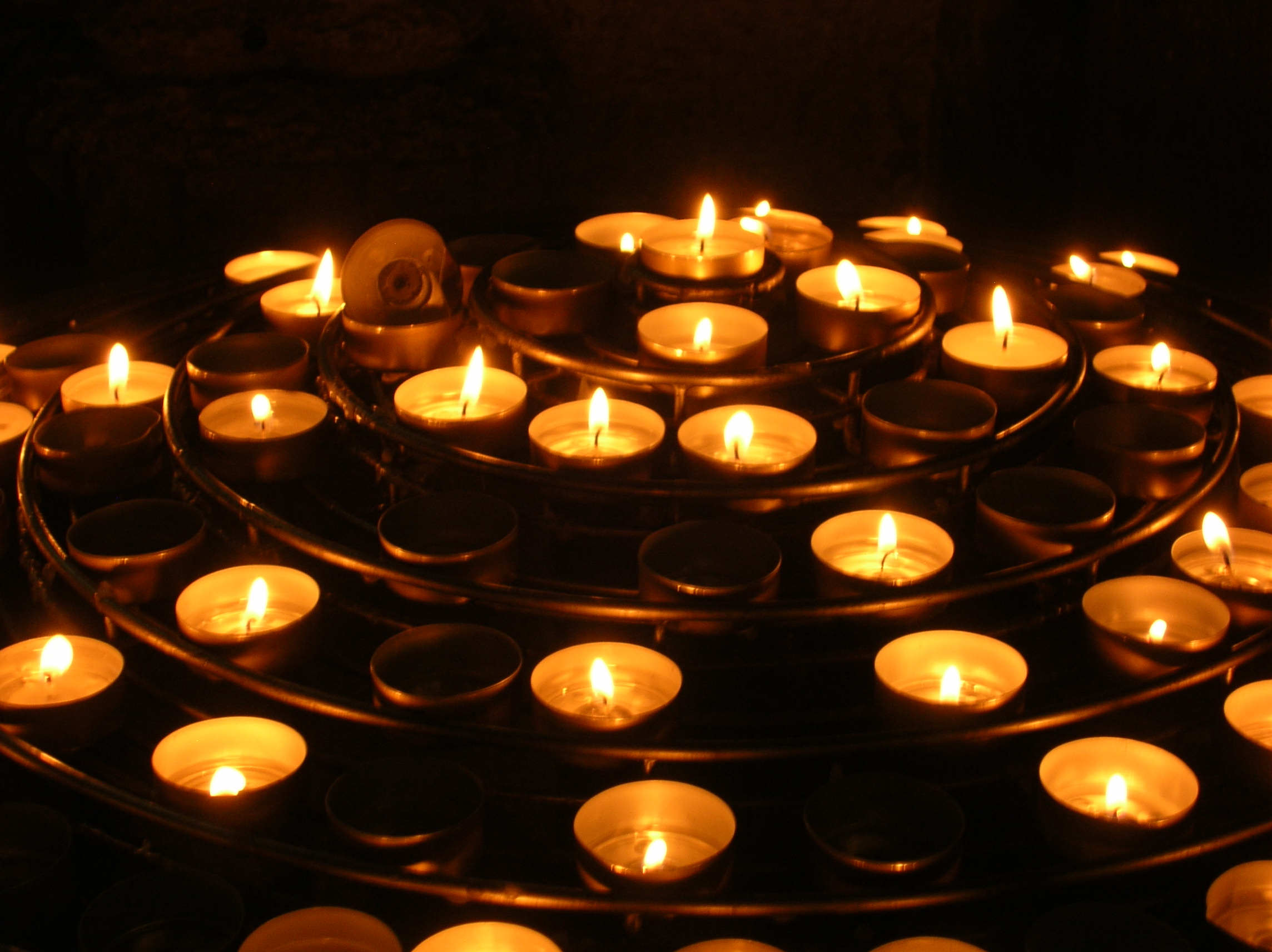
by Dr. Talia Marcheggiani, ND | Jun 10, 2013 | Canadian College of Naturopathic Medicine, Education, Robert Schad Naturopathic Clinic, Stress, Student
Dear Students of Naturopathic Medicine in years 1, 2 and 3,

I understand that at this point, and especially if you are currently at any stage in 3rd year, you might be wondering: is this all worth it? And, please, feel free to exhale because, from where I’m standing right now, in my first month of clinic: 4th year is worth it. It seems like the years you’re in, the first 3, hectic, joyless and spirit-crushing years spent in class, practicals and writing more exams than you can number off, come together at last to prepare you for your real job, your future life’s work. And what great work it’s turned out to be.
(more…)

by Dr. Talia Marcheggiani, ND | May 6, 2013 | Canadian College of Naturopathic Medicine, Exams, NPLEX, Stress, Student
Congratulations on another completed academic year! Not to rain on everyone’s parade but, for many of you, there is a giant basic sciences board exam looming in the not-so distant future. So, there are websites out there on tips for studying for NPLEX 1, but they are annoyingly vague. I remember looking at said sites, and felt like grabbing whoever put the sites together, taking them by the shoulders and giving them a good shake yelling, “just tell me what to do!” I’m going to try to deliver that. But, I can’t offer any guarantees. Every year, NPLEX is different, with a different random focus. Some years it’s crazy hard, some years CCNM students do really well, other years the questions seem to be obsessed with biochemistry. I can only be candid about my own study strategy and what worked for me, attaching real-life experience to the wonders of a standardized board licensing exam.
I don’t know about anyone else, but naturopathic medical school exam schedules have brought out my inner crammer. It’s gotten to the point where I can’t study for anything unless I know that there is a final the next day. And even then… So, when faced with the prospect of 3 months to study for 2+ years of cumulative material, I had no idea where to start. I’d never done anything like that before and had no idea how I’d pull it off. Luckily I managed to. Here’s how.
1) Take the month of May off. Work, travel, take an NPLEX course if you think you have to (I didn’t), sit on a patio with a beer every day, or sit in front of your books, twiddling your thumbs wondering how you’re going to work up the courage to do this. Just don’t open those books. Not yet. May is yours. Let the last 2 years ebb and flow in your subconscious mind while you enjoy some nice weather and update the photos of your friends and family so that you have new ones to look at to remind yourself of what their faces look like while you’re in 3rd year and retreat to your secluded ashram of stress. But 3rd year’s not your problem now. It’s only May. And, May, it’s all yours.

2) June 1st, buy your book. That book would be First Aid for the USMLE Step 1. Your new bible, available at the U of T bookstore in the medical section. It costs $48 for the current year’s issue. Friends of mine bought back copies, from as far back as 2009, for around $10. It’s worth it to get a current copy, though, as they tend to correct mistakes or update information (though there’s not a whole lot that changes when it comes to basic pathology). Just so you know, US and Canadian medical school students take a similar exam called Step 1 after their second year. Turns out, NPLEX is so similar that you can just use the med school students’ (much) cheaper study guide, which is also better and has pictures and isn’t impossible to read or full of mistakes like some other NPLEX study books on the market that happen to cost 3x more and are full of awkwardly-worded, impossible-to-understand explanations. I’ll name no names. Just, please, buy First Aid. In fact, watch this video a classmate of mine posted last year if you’re not yet convinced.
[youtube=http://www.youtube.com/watch?v=xkUoU_96KuQ]

Oh, and FYI, you can skip the parts about pharmacology, which is awesome. That’s not ’til NPLEX 2. Oh, and another thing: because I did abysmally poorly in 2nd year microbiology I also bought Clinical Microbiology Made Ridiculously Simple used for $10. Since it seemed that NPLEX 1 was 90% micro, going through that easy-to-read book really paid off. So, you might need more than one book. As naturopathic doctors, we praise individuality.
3) The next 2 weeks serve as your psychological buffer. OK, now that we’re in June, take another 2 weeks off. So far you’ve taken the 4 weeks of May off, now you’re taking the first 2 weeks of June off, you’ve bought your book and you’re ready to go. Most people I’ve talked to advocate studying for NPLEX for a solid 2 months – June and July – however, once June rolled around I was stressing over the fact that I hadn’t started studying, but I still didn’t actually start studying. I believe that, for a test like NPLEX, you really need 2 weeks of a buffer time between your vacation and starting your study schedule. Now, the first 2 weeks of June aren’t really real time off, you’re still occasionally going to the library, freaking out, looking at cheat notes on the Gmail account and watching random Youtube videos about jaundice, you just haven’t started studying yet. And that’s fine. It will come. Fear and motivation are directly correlated.
4) Get grateful. It might seem like NPLEX is a giant pain in the gluteus maximus but, really, think of it as a gift (you might as well, because either way you’re writing it). It’s what separates us from the people who get fake degrees from a back-corner alley and do acupuncture in their basements somewhere. It makes us real professionals. It’s also a great opportunity to learn some of the stuff we’ve crammed through in the past 2 years. And learn it you will.
5) By June 15th, set up your study routine. For me, I knew there was no way I was going to get this thing written if I didn’t have a routine to adhere to. There’s nothing worse than having a vast summer day ahead of you and then realizing it’s 9 pm and you still haven’t taken the plastic wrapper off your new First Aid for the USMLE Step 1. So, my strategy was simple. I got a job. I worked full-time at an English language school teaching ESL from 8 am to around 2 pm near Yonge and Bloor in Toronto. It took me the first few weeks on the job to get used to lesson planning and creating stellar classes. By the time the middle of June rolled around, I had my teaching routine down and therefore my afternoons were free to dedicate to dear old NPLEX 1. Every day I packed my First Aid, gave classes until 2 pm, organized things for the next day’s class and then headed first to Starbucks to unwind with a coffee and a granola bar, and then to the Toronto Reference Library where I studied until around 6 pm. Then I’d go home, eat and keep the evening for myself. The job not only puffed up my bank account, it helped keep me regular. (Part of that might also be thanks to the daily Starbucks).
6) 4 hours a day is all it takes. Absolutely everyone you talk to about NPLEX will tell you, with doe-eyed honesty, “treat studying for NPLEX like a full-time job. Study 8 hours a day and take frequent study breaks. Then leave your evenings and weekends free.” As Nonna would say, “Bully-shit.” I don’t know anyone who spent 8 hours a day studying for NPLEX. 4 hours a day is the threshold amount of time that anyone can spend reviewing things. It’s probably a scientific fact. I spent a consistent 4 hours a day with my First Aid for Step 1 book. And, when it got closer to the actual test, I studied on weekends. It just happens that way.
7) Now, do your thing. When I study, I need to take notes to kinesthetically implant the knowledge in my brain. For some people, it’s flashcards. Others make flow charts and still others have photographic memories. But, those people probably aren’t reading this post, so, who gives a care. This is the part where your individuality can shine. Using The Book as a guideline, make your notes and do whatever you need to do to make sure the magic Book’s information somehow gets into your brain. Starbucks coffee usually helps with this. Make sure you have ample supply.

8) 1 to 2 weeks before the exam, start doing practice tests. At the Toronto Reference Library I found an amazing Kaplan USMLE Step 1 practice test book from a few years back. I checked it out of the library and worked my way through the book’s practice quizzes. There are other versions of these books, one even made by First Aid, available online as well (the Gmail account has a copy). The tests are incredibly hard, but nicely explain to you why you failed each question and why the right answer is righter than the one you dim-wittedly picked. It’s much appreciated. I consistently, up until we wrote NPLEX, scored about 40% on those tests. I did, however, do much better than 40% on NPLEX, so fear not. Aim for the moon, and fall among the passing.
9) Take the weekend before NPLEX off. Don’t study the weekend before NPLEX. I never used to believe this piece of advice before because, as I mentioned, I am used to racing through the course material the night before a final. This actually is impossible to do with NPLEX. There’s too much. I learned that, because this isn’t a cramming exam, but a long-term memory thing, it’s better to allow your brain some time to do its neuroplasticity dance. Eat fatty fish at every meal, try to abstain from excessive alcohol or gluten if you’re sensitive. Exercise. Try not to freak out.
10) Write NPLEX. Bring the things NABNE tells you to bring. There’s a list somewhere. Wear comfortable clothes. Bring layers, bring water. Bring some naturopathic performance-enhancers: examples of uppers are gingko extract, rodiola and the ginsengs, and downers are Neuropas, Rescue Remedy, GABA, nervines, etc. Create your cocktail, give it a test-drive before exam day and then, on your big day, put it into action. While waiting to write the test, try not to talk to too many people. Never discuss things you’ve studied, don’t talk about exam questions. And just go for it. Bring an Advil too. I had a terrible headache the day of, as I usually get when I reintroduce CCNM after a period of elimination.
11) After NPLEX, take time off. You’ll need to. Not to be a fear monger, but 3rd year is a living hell. The only good thing about 3rd year as a naturopathic medical student is that it’s over before you know it. In May you simply emerge from a brief intense stay in your cave of stress and wonder where all your loved ones have gone. They might have given up on you, but it’s important to remain optimistic. In 4th year, I’ve heard there will be more time to win back their affection again. That being said, right after NPLEX, before 3rd year starts, take some time off, spend it with friends, family, hobbies, travel and live your life. Because for the next 8 months, you won’t have one.
Happy Studying!
Related articles:
NPLEX 1:
Another Failed Attempt at Studying for NPLEX 1
7 Reasons Why Summer Studying Doesn’t Have to Suck
NPLEX 2:
10 Tips for a Vibrant NPLExperience!
Ode to NPLEX 2: An acrostic poem
Resources:
Pass NPLEX Site
by Dr. Talia Marcheggiani, ND | May 3, 2013 | Canadian College of Naturopathic Medicine, Exams, Robert Schad Naturopathic Clinic, Stress, Student
The CCNM class of 2014 started our naturopathic medical education in September of 2010 (or Jan 2011, for the Janbabies). Since then we have written and performed exactly 90 exams (including our board exam, NPLEX 1, in the summer after 2nd year). 90 seems like a nice, round number. Not quite 100, more than 50. Every bit crazy. These exams represent a combination of penciled-in scantron cards, bleached and ironed lab coats and freshly charged opthalmoscopes. We measure them in collaborative Gmail notes, last-minute cramming in the seminar rooms, Monday taco salads, ad hoc yoga flows, Starbucks coffee, late-night, delirious, Facebook chats, shared laughs over med school Tumblrs and collective venting in the hallways with pre-sharpened pencils still in hand.
90 Exams.
That’s how many times my classmates and I have put pencil to paper, or been tested on a practical skill, from clinical diagnostics, acupuncture and manipulation to emergency responses. In the past three years we’ve written so many exams that, if you were to number them off, it would take you a minute and a half just to count them. We are superstars, exam-taking rockstars, bosses. CCNM students are hardcore. And, on May 13th, 2013, we’ll be in clinic, benefiting patients with the accumulation of knowledge represented by 90 examinations tucked away in our pretty little brains. We’re more than ready.
I encourage all my non-CCNM readers living in or near Toronto, Canada to visit and book an appointment at the Robert Schad Naturopathic Clinic. Book an appointment to see one of my extraordinarily persistent, gifted, hardcore classmates as your primary intern. We’ve earned the ability to help you on your journey to health.
Because nobody writes 90 exams in less than 3 years, unless you’re awesome (or under the influence of some serious naturopathic remedies). And who wouldn´t want a piece of that awesomeness for themselves?
Congratulations, class of 2014! We DID IT!

by Dr. Talia Marcheggiani, ND | Apr 11, 2013 | Canadian College of Naturopathic Medicine, Dessert, Diet, Digestion, Elimination Diet, Food, Food Sensitivities, Gluten Free, Nutrition, Recipes, Student

Our last day of Primary Care, a third year course that is both the most educational course of the year and the bane of our existence, our group decided to have a pot luck. In the spirit of bringing something healthy, guilt-free and yummy to get us through our last weeks of class, I decided to try making these guys: chocolate chip white bean blondies. In true naturopathic spirit they are made of whole foods and are grain-free, dairy-free, contain no eggs or preservatives and are low in sugar. It’s important to chow down in a guilt-free manner from time to time.
(more…)


















